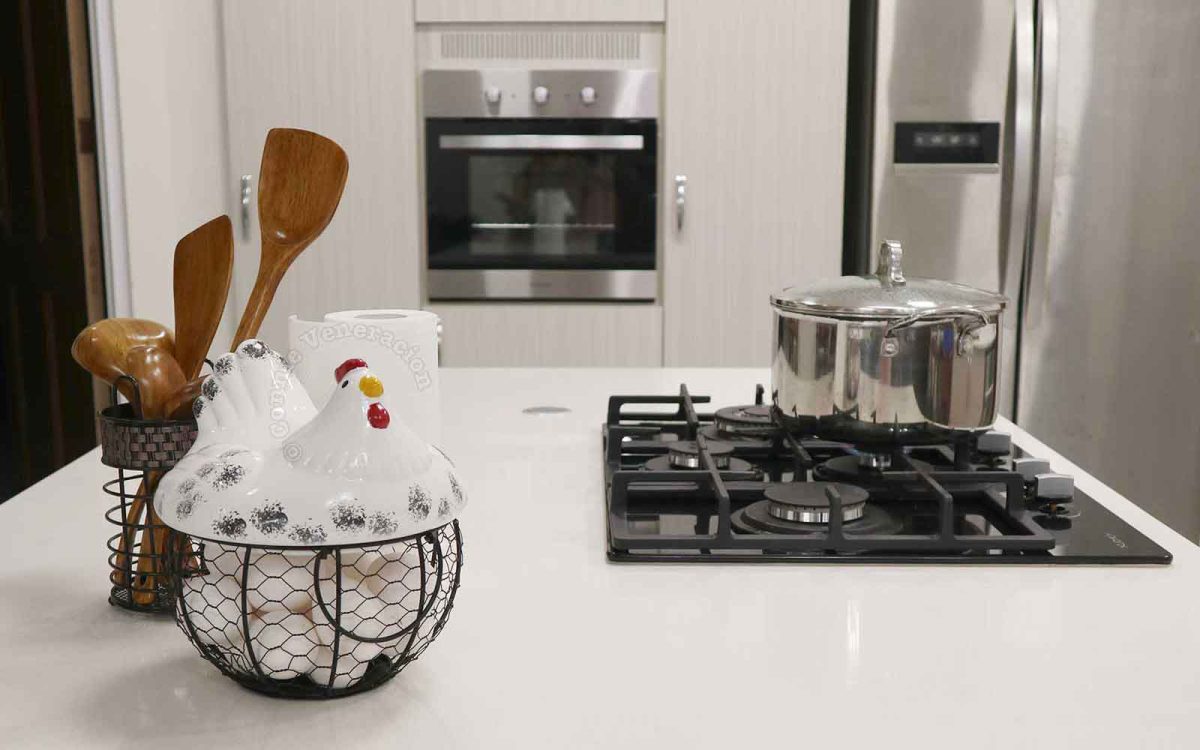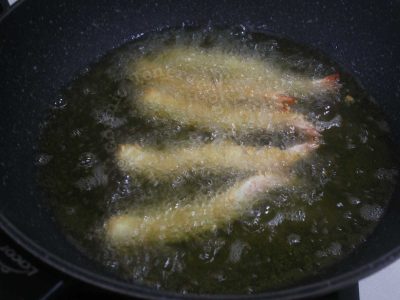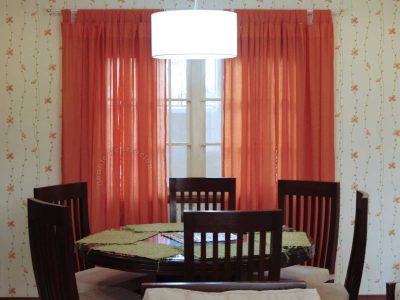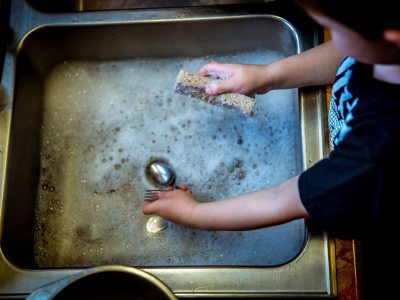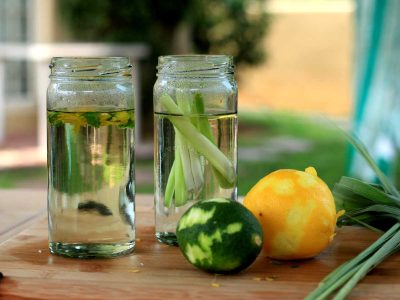We had the old kitchen demolished. Termite problems, mostly, and the fact that the layout was no longer in tune with our needs. We wanted better storage space too. Not necessarily more space but better planned space.
Instead of a simple renovation, we ended up gutting the kitchen. A wall, a whole counter and part of the flooring were taken down. Well, that was my call really. Since we would be spending for a better kitchen anyway, why not build one with all the details we wanted. Specifics that I wanted, mostly.
We would be building a new kitchen from scratch. Exciting! I wanted quartz countertops. I hadn’t realized at that point that it was such a brave and bold proposition.
Quartz, the first choice
For kitchen countertops that are actually used for cooking and not just meant to be ornamental, natural quartz is the arguably the most durable stone. But it also costs an arm and a leg, and maybe even a part of the torso too.
But I wasn’t that brave and bold. Heck, if we had chosen solid natural quartz, we’d be eating our meals on the floor today because we wouldn’t have been able to afford a new dining table. And living room furniture either. So, never mind.
Granite, the second choice
When we hired a kitchen contractor to build new cabinets, a counter and a kitchen island, his first recommendation for the countertops was granite. I said yes provided that the granite was in a single piece.
He insisted that no one sells a single slab of granite the size of the island I wanted. A “solid surface” was the only option since the island was huge, and I didn’t want two slabs of granite joint side by side.
Right, I didn’t. And that was something I was adamant about. That a seam would look awful was really secondary. It was sanitation I was most concerned about.
A kitchen island made with two slabs of stone meant that liquids can seep into the seam. Dirt can collect and remain, and bacteria can grow. Even if unseen, they will still be there. We knead dough on the island and who wants unseen filth getting into the dough?
I promptly balked at the suggestion of “solid surface”. I already knew that “solid surface” meant it wasn’t natural stone. Not quartz, not marble, not granite but something synthetic.
Never mind, I said. Build the island and I will find a slab of granite that would go on top.
Why granite? Because that was what we had in the kitchen that was demolished. Sturdy, easy to clean and, well, you don’t need to be too careful about putting hot pans on it. Granite can take that. But do that with “solid surface” and it will discolor.
I can get all dramatic about the search. But, what for? The short version is, yes, I found granite that came in a single slab but the available patterns and colors were, well, let’s just say I wouldn’t want to see those patterns and colors every single day of my life.
So, I searched some more. Online and in physical stores. And I found marble. Online. The most beautiful marble I had ever seen. White with gold veins. Imported from Greece, I think. Sam would adore that, I told Speedy. She’s so into everything gold these days.
Marble, the third choice
We had marble countertops in our old house. We got the marble slabsgratis, an unexpected gift from one of Speedy’s old clients. I knew that marble could take a lot of punishment too but is more susceptible to staining because it is more porous than granite. You spill soy sauce on a marble countertop and you better wipe it pronto.
The price of the marble with gold veins whose beauty made me gape was… okay, it was pricey. If I had chosen it, the budget for the pull-out baskets would have been depleted, and I’d have problems with kitchen storage.
But I was willing to dip into my travel funds.
So, we went to the store selling the beautiful marble. The photos didn’t do it justice, really. It was absolutely stunning up close. So, we started talking measurements with the sales lady attending us. A good thing though that before we made any final decision, we listened to what she had to say.
Marble, she said, is more porous than engineered quartz.
That was really anoh, my godmoment for me. Really? I thought engineered quartz was the same as “solid surface.”
Was it a sales pitch? Hardly. If she earned by commission, she would have pushed us into buying the marble which was a lot more expensive than engineered quartz.
Sometimes, the terms “solid surface” and engineered stone are used interchangeably
This may not be true everywhere but this is something I noticed and later paid a lot of attention to. It took us over a month to decide on the material for the countertops and, in that time, I realized that some stores use the term “solid surface” for anything that is not natural solid stone.
Differentiating “solid surface” from engineered stone
“Solid surface” is synthetic.
Engineered stone is a mixture of pulverized natural stone and resin. The stone can be marble or quartz. The resin binds the powdered stone into a solid mass.
The ratio between pulverized stone and resin matters. The higher the ratio of the pulverized stone, the stronger and more durable the engineered stone is.
The ratio of quartz to resin in the store where we almost bought the gorgeous marble? 95% ground quartz and 5% resin.
Engineered quartz, the final choice
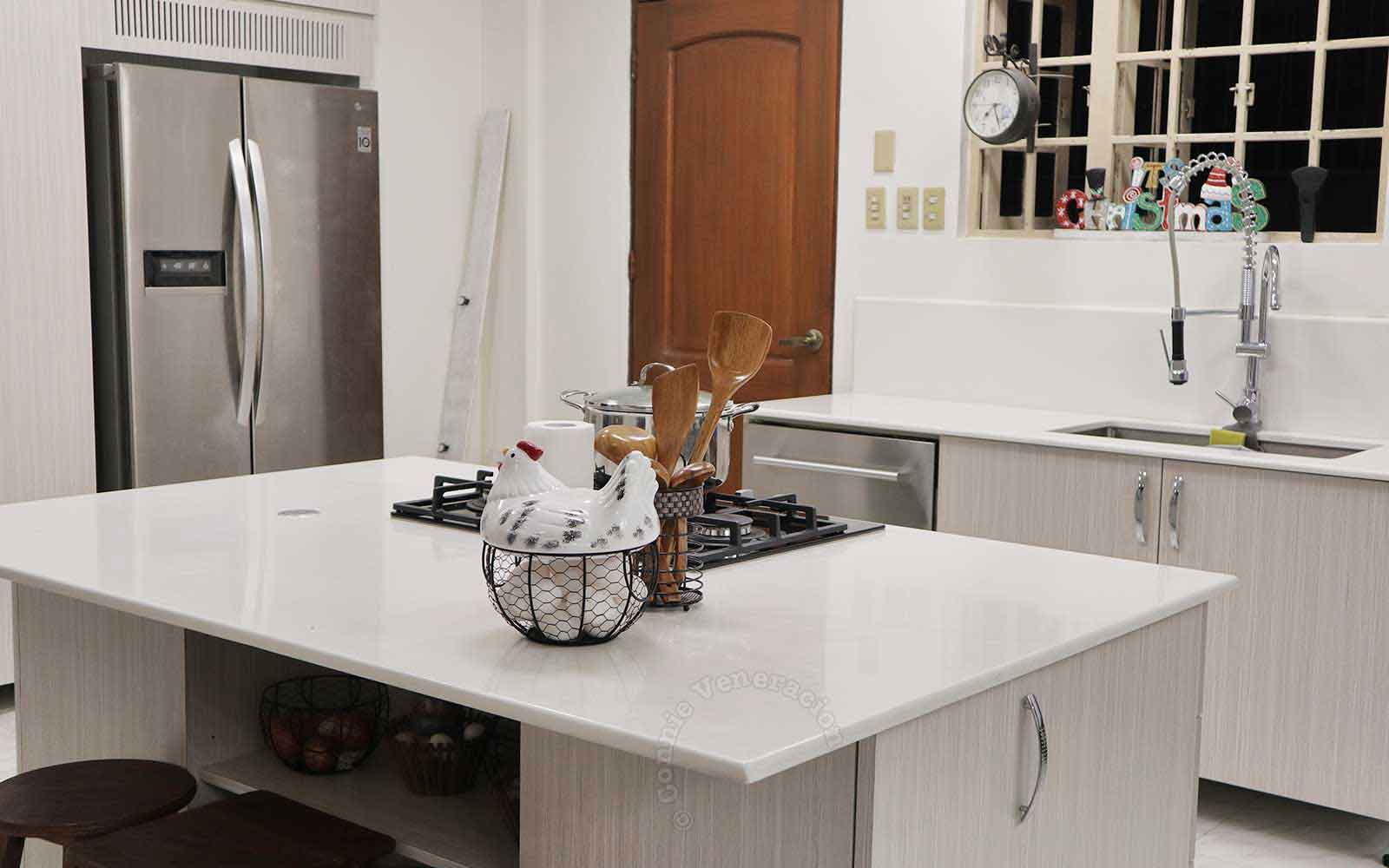
Yes, it’s durable. It’s been over two and a half years since the kitchen became operational and the countertops are still scratch-free. But because we chose white (the friendliest color for taking food photos and videos), it is also prone to staining. But, no problem. It’s nothing that a little baking soda paste can’t fix.

